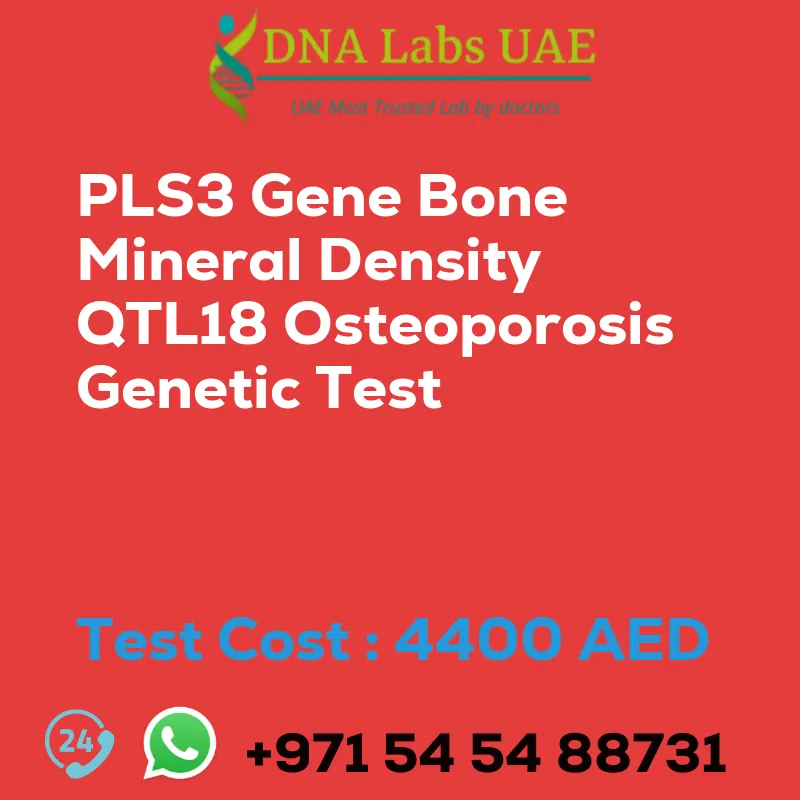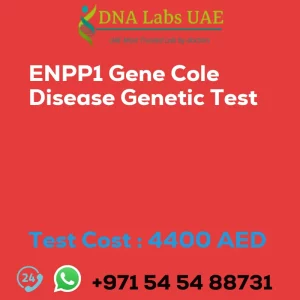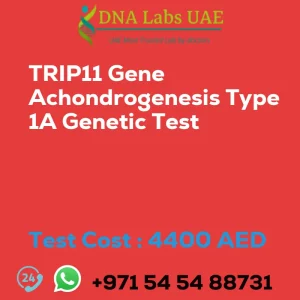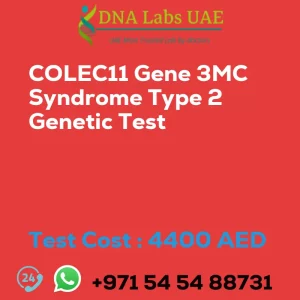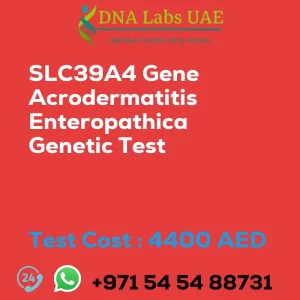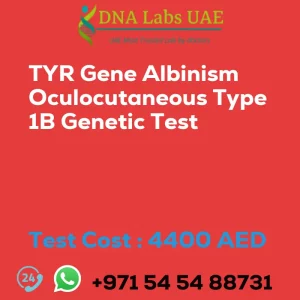PLS3 Gene Bone Mineral Density QTL18 Osteoporosis Genetic Test
Welcome to DNA Labs UAE, your trusted genetic testing laboratory. In this blog post, we will discuss the PLS3 gene bone mineral density QTL18 osteoporosis genetic test. This test can provide valuable information about an individual’s genetic predisposition to osteoporosis and their risk of developing the condition.
Test Name: PLS3 Gene Bone Mineral Density QTL18 Osteoporosis Genetic Test
Components:
- Price: 4400.0 AED
- Sample Condition: Blood or Extracted DNA or One drop Blood on FTA Card
- Report Delivery: 3 to 4 Weeks
- Method: NGS Technology
- Test Type: Osteology Dermatology Immunology Disorders
- Doctor: Dermatologist
- Test Department: Genetics
Pre Test Information:
Clinical History of Patient who is going for PLS3 Gene Bone Mineral Density QTL18, osteoporosis NGS Genetic DNA Test. A Genetic Counselling session to draw a pedigree chart of family members affected with PLS3 Gene Bone Mineral Density QTL18, osteoporosis NGS Genetic DNA Test gene PLS3.
Test Details:
The PLS3 gene is associated with bone mineral density and is known to be involved in the regulation of bone growth and development. Variations in this gene can influence bone density and may be associated with conditions such as osteoporosis. QTL18 refers to a specific region on chromosome 18 where a quantitative trait locus (QTL) is located. A QTL is a section of DNA that is associated with a particular trait or phenotype, in this case, bone mineral density.
An NGS genetic test, or Next-Generation Sequencing genetic test, is a type of genetic test that uses advanced sequencing technology to analyze an individual’s DNA. This type of test can provide information about specific genes, including the PLS3 gene, and their variations that may be associated with bone mineral density and osteoporosis.
Therefore, a PLS3 gene bone mineral density QTL18, osteoporosis NGS genetic test would involve analyzing an individual’s DNA to identify variations in the PLS3 gene and the QTL18 region that may be linked to bone mineral density and osteoporosis.
This test can provide valuable information about an individual’s genetic predisposition to osteoporosis and their risk of developing the condition.
| Test Name | PLS3 Gene Bone mineral density QTL18 osteoporosis Genetic Test |
|---|---|
| Components | |
| Price | 4400.0 AED |
| Sample Condition | Blood or Extracted DNA or One drop Blood on FTA Card |
| Report Delivery | 3 to 4 Weeks |
| Method | NGS Technology |
| Test type | Osteology Dermatology Immunology Disorders |
| Doctor | Dermatologist |
| Test Department: | Genetics |
| Pre Test Information | Clinical History of Patient who is going for PLS3 Gene Bone mineral density QTL18, osteoporosis NGS Genetic DNA Test. A Genetic Counselling session to draw a pedigree chart of family members affected with PLS3 Gene Bone mineral density QTL18, osteoporosis NGS Genetic DNA Test gene PLS3 |
| Test Details |
The PLS3 gene is associated with bone mineral density and is known to be involved in the regulation of bone growth and development. Variations in this gene can influence bone density and may be associated with conditions such as osteoporosis. QTL18 refers to a specific region on chromosome 18 where a quantitative trait locus (QTL) is located. A QTL is a section of DNA that is associated with a particular trait or phenotype, in this case, bone mineral density. An NGS genetic test, or Next-Generation Sequencing genetic test, is a type of genetic test that uses advanced sequencing technology to analyze an individual’s DNA. This type of test can provide information about specific genes, including the PLS3 gene, and their variations that may be associated with bone mineral density and osteoporosis. Therefore, a PLS3 gene bone mineral density QTL18, osteoporosis NGS genetic test would involve analyzing an individual’s DNA to identify variations in the PLS3 gene and the QTL18 region that may be linked to bone mineral density and osteoporosis. This test can provide valuable information about an individual’s genetic predisposition to osteoporosis and their risk of developing the condition. |

